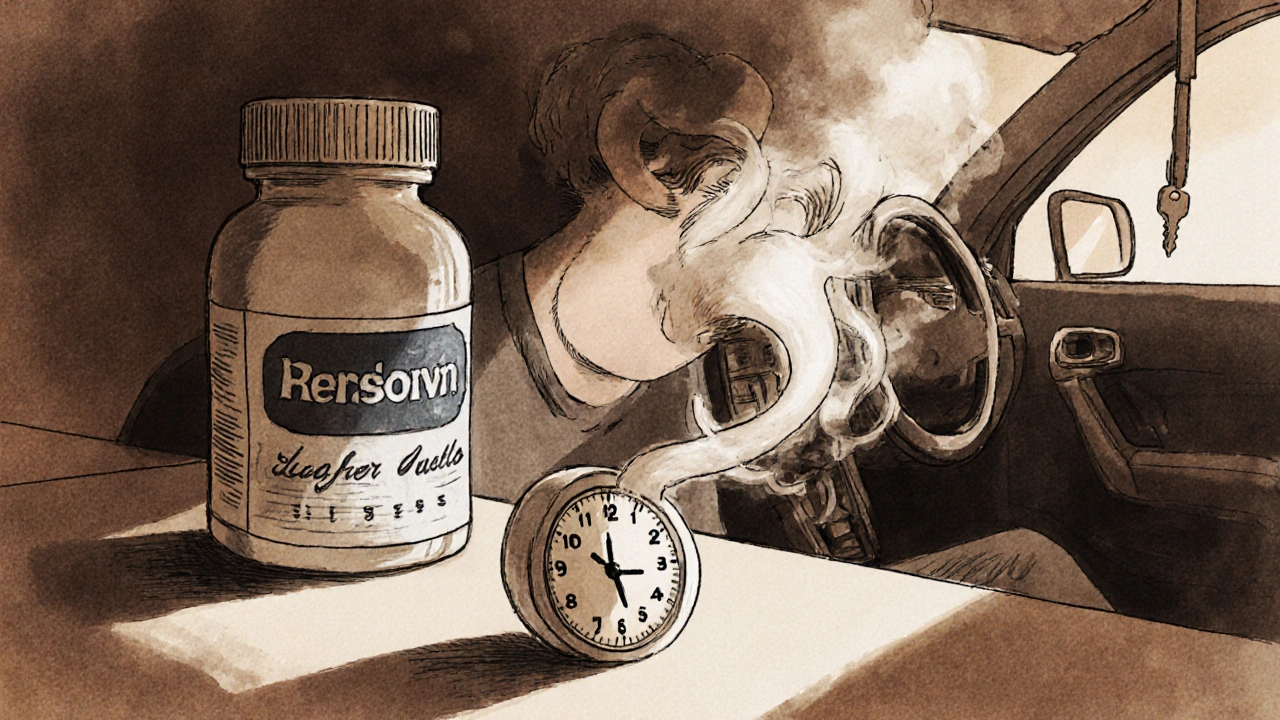First-Generation Antihistamines: What They Are, How They Work, and Why They Still Matter
When you reach for a medicine to stop a runny nose or itchy eyes, you might be holding a first-generation antihistamine, a class of drugs developed in the 1940s that block histamine to reduce allergy symptoms. Also known as sedating antihistamines, these include common names like diphenhydramine and chlorpheniramine—drugs that work fast but often make you sleepy. They’re not new, but they’re still everywhere: in cold packs, sleep aids, and even some stomach remedies. Why? Because they work—just not the way newer pills do.
These drugs cross the blood-brain barrier, which is why they calm allergies but also knock you out. That’s not always a bad thing. If you can’t sleep because your nose is clogged or your skin is itching, a little drowsiness might be the trade-off you want. But if you’re driving, working, or caring for kids, that same effect can be dangerous. That’s why second-generation antihistamines like levocetirizine were made—to block histamine without the brain fog. Still, first-gen options stay popular because they’re cheap, widely available, and sometimes more effective for certain symptoms like motion sickness or severe nighttime itching. Cinnarizine, for example, is used for vertigo and dizziness, showing these drugs aren’t just for allergies—they’re tools for balance, sleep, and nausea too.
What you’ll find below are real-world stories and practical guides on how these older drugs are still used today. You’ll see how people manage side effects, when they’re better than the newer stuff, and why some patients stick with them despite the drowsiness. From dosing tips for seniors to interactions with other meds, the posts here cut through the noise and show you what actually works in daily life. No theory. No fluff. Just what you need to know to use these pills safely—and sometimes, even smarter than the latest brand-name option.
First-Generation Antihistamines: Why Severe Drowsiness and Anticholinergic Effects Matter
- Laura Ledas
- Oct, 30 2025
First-generation antihistamines like Benadryl cause severe drowsiness and anticholinergic side effects that can impair cognition, increase dementia risk, and affect daily safety. Learn why they’re risky - and what safer alternatives exist.
Learn More